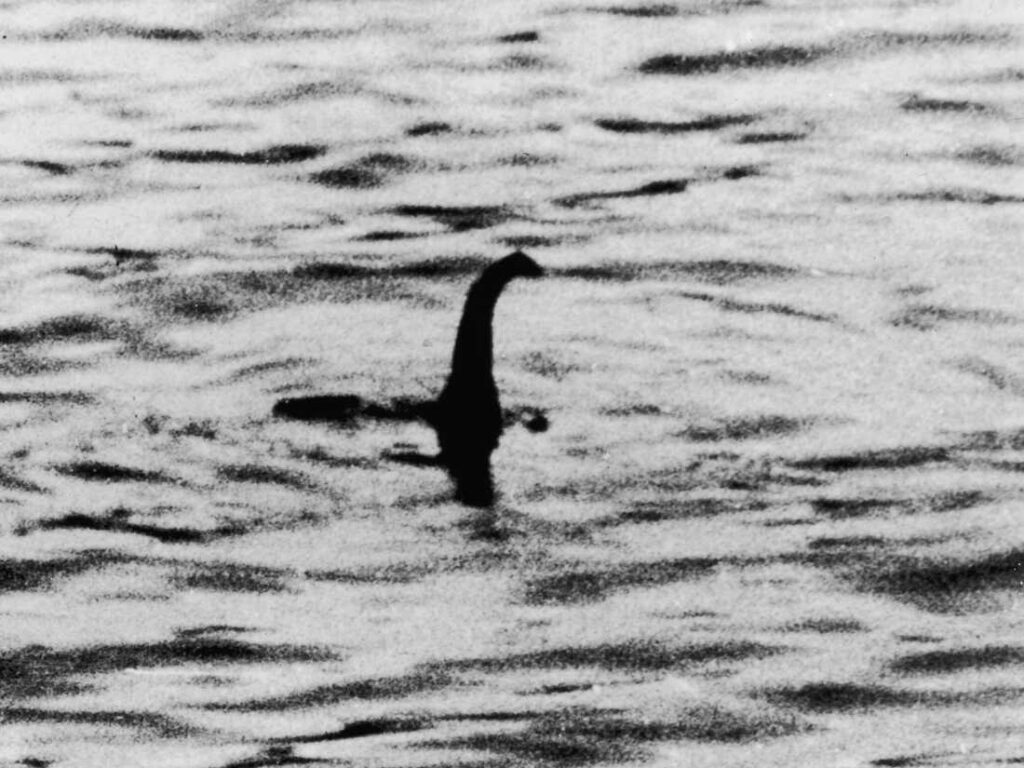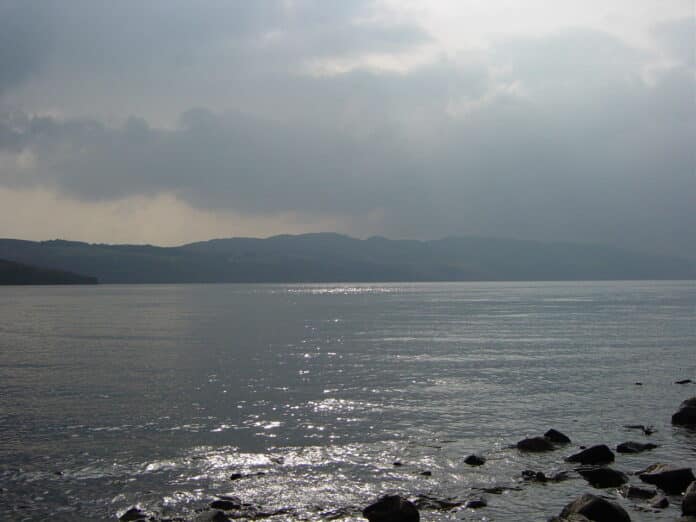What is the Loch Ness Monster?
The Enigma of Loch Ness: A Historical Journey into the Legend of the Monster
The history of the Loch Ness Monster, an elusive and mythical creature said to inhabit the depths of Loch Ness, a freshwater lake in the Scottish Highlands, is a tapestry woven with centuries of folklore, skepticism, and scientific investigation. The legend of the Loch Ness Monster, affectionately known as “Nessie,” has captured the imaginations of millions around the world, transcending its origins to become a globally recognised icon of mystery and intrigue.
The origins of the Loch Ness Monster legend can be traced back to the early history of Scotland. Tales of aquatic creatures and water spirits are woven into the fabric of Celtic mythology, and Loch Ness, with its vast and enigmatic depths, became fertile ground for the creation of such stories. The first recorded account of a mysterious creature in the loch dates back to 565 AD when the Irish monk Saint Columba is said to have encountered a beast while on a mission to convert the Picts to Christianity. According to the account, Columba commanded the creature to stay back, and it retreated into the waters, a story often cited as the earliest known reference to the Loch Ness Monster.
Throughout the centuries, sporadic reports of unusual sightings continued, with the creature being described as a serpentine or plesiosaur-like animal. However, it wasn’t until the 20th century that the Loch Ness Monster truly captured the public’s attention. In 1933, a local newspaper reported a sighting by George Spicer, who described seeing a “dragon or prehistoric animal” crossing the road in front of his car, carrying a young creature in its mouth. This incident sparked a wave of interest, and soon, more accounts and photographs purportedly showing Nessie emerged.
The surge in sightings prompted expeditions and investigations, drawing both curious tourists and scientific researchers to the shores of Loch Ness. In 1934, one of the most famous photographs, known as the “Surgeon’s Photograph,” was published in the Daily Mail. It depicted a long-necked creature emerging from the water, its head and neck held high. This photograph fueled public fascination, but decades later, it was revealed to be a hoax—a model mounted on a toy submarine.

While many reports and photographs have been debunked or dismissed as misidentifications of natural phenomena, the Loch Ness Monster continues to capture the imagination. Numerous sonar scans, underwater cameras, and other advanced technologies have been employed to search the depths of the loch, but no definitive evidence of a large unknown creature has been found. Skeptics argue that the loch’s murky waters, strong currents, and optical illusions could easily lead to misinterpretations of various natural occurrences.
Nevertheless, the Loch Ness Monster remains a symbol of the enigmatic and unexplored aspects of our world. It has become an integral part of Scottish tourism and pop culture, appearing in literature, films, and television shows. Nessie’s allure extends beyond Loch Ness, becoming a universal emblem of the mysteries that still lie hidden beneath the surface of our planet.
Thus, the history of the Loch Ness Monster is a fascinating tale that blends ancient myths, historical accounts, and modern intrigue. While skepticism and scientific investigation have cast doubt on the existence of a large, unknown creature in Loch Ness, the legend continues to thrive. Whether Nessie is a relic of prehistoric times, a trick of light and water, or a product of our collective imagination, the allure of the Loch Ness Monster persists as a testament to humanity’s enduring fascination with the unknown.
And then over to Stewart Lee:
Who is more convincing?
Penny Lane
Join us in helping to bring reality and decency back by SUBSCRIBING to our Youtube channel: https://www.youtube.com/channel/UCQ1Ll1ylCg8U19AhNl-NoTg and SUPPORTING US where you can: Award Winning Independent Citizen Media Needs Your Help. PLEASE SUPPORT US FOR JUST £2 A MONTH https://dorseteye.com/donate/







